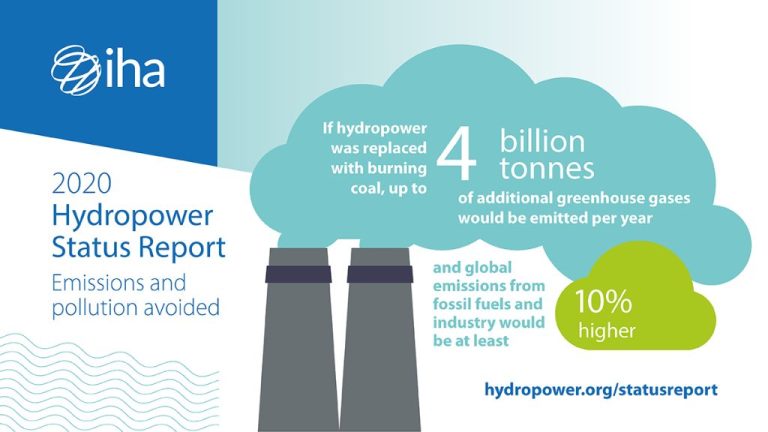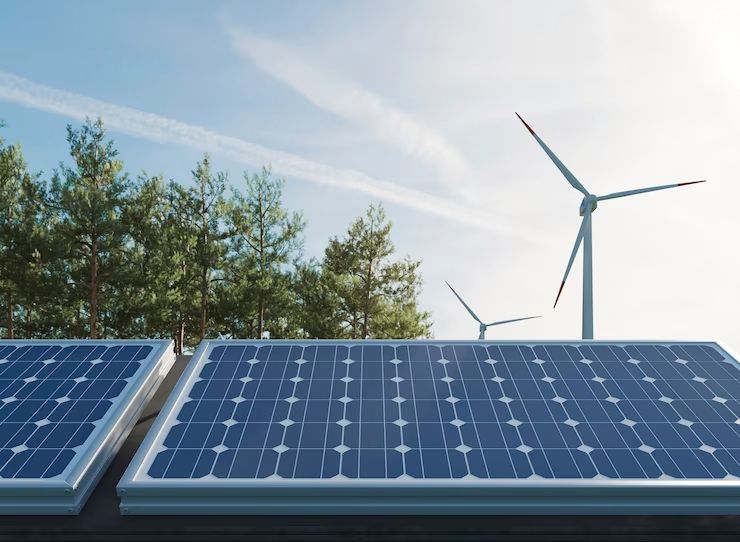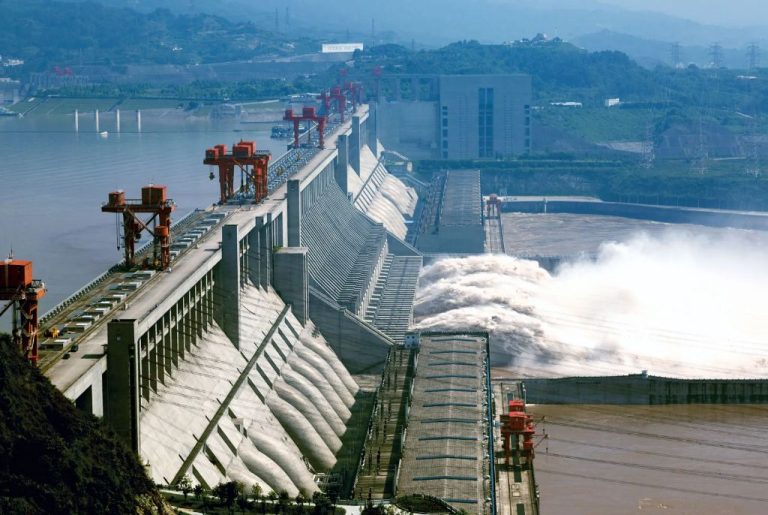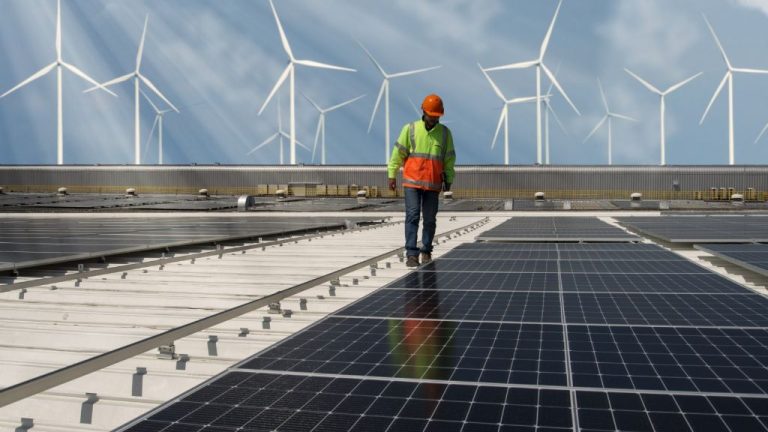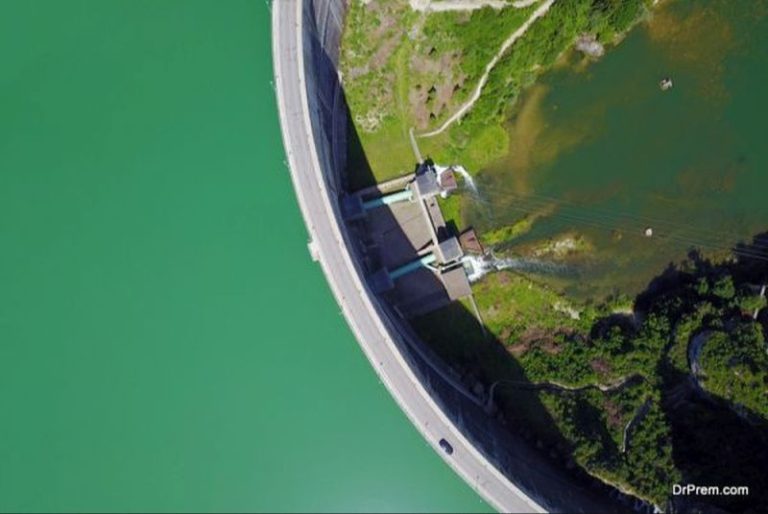Is Hydroelectric Energy Intermittent?
Introduction
Hydroelectric energy (or hydroelectric power) is electricity generated by hydropower, utilizing moving water to turn turbines and generate power. Hydroelectric plants capture the energy of flowing water to produce electricity. Intermittency refers to the variable or irregular nature of a renewable energy source like hydropower. Intermittent energy sources only generate electricity when the resource is available, like when water is flowing or the wind is blowing. This is in contrast to baseload power plants like nuclear, coal, and natural gas which can generate electricity continuously.
Hydroelectric generation can be highly variable based on water availability. Rather than continuously generating electricity like fossil fuel plants, output from hydroelectric facilities fluctuates based on seasonal rainfall and weather events. This makes hydropower an intermittent renewable resource.
How Hydroelectric Power Plants Work
Hydroelectric power plants convert the potential energy stored in water into electricity using a process that starts with damming a river to create a reservoir. The water in the reservoir builds up gravitational potential energy as it sits higher than the turbines and generators located inside the hydroelectric plant downstream. When operators open the floodgates, water is released from the reservoir and flows through large pipes called penstocks. The force of the moving water spins hydraulic turbines, which in turn drive generators to produce electricity. The energy conversion process relies on basic physics – converting the powerful force of falling water into rotational mechanical energy that can run an electrical generator. According to the U.S. Energy Information Administration, “At hydropower plants water flows through a pipe, or penstock, then pushes against and turns blades in a turbine to spin a generator to produce electricity” (EIA). Essentially, hydroelectric plants harness the gravitational force of falling water to generate renewable power.
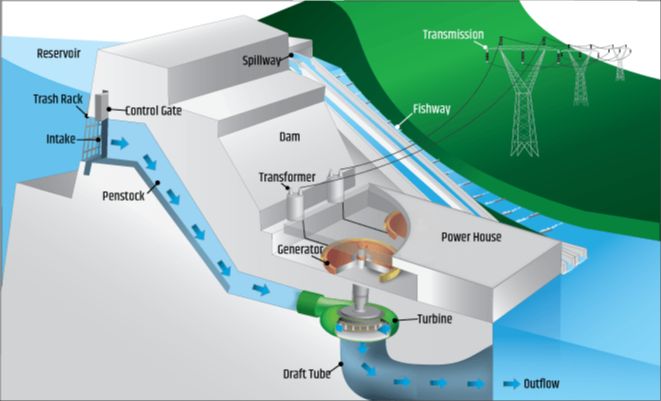
Factors Affecting Hydroelectric Power Generation
Three primary factors affect the amount of electricity that can be generated from hydroelectric power plants: rainfall, snowmelt, and water flow. According to Quora, hydropower generation relies on having an adequate and consistent water supply. The main water sources that fill reservoirs behind dams are rainfall and melting snow and glaciers. The amount and timing of precipitation determines how much water flows through a dam system.
The pattern of rainfall is key – consistent steady precipitation is better than infrequent heavy storms for stable hydropower operations. Snowpack and rate of snowmelt due to temperature changes also impact reservoir levels and hydropower potential. Finally, the volume and flow rate of water in rivers and streams affects the amount of electricity that can be generated. High flow rates allow more water to pass through turbines, boosting power output.
Seasonal Variations
Hydroelectric power generation can vary significantly between seasons due to changes in precipitation and snowmelt. In regions with marked wet and dry seasons, electricity output from hydro plants is much higher during the wet season. For example, a visualization of California hydropower shows up to 3 times more generation in the spring wet season compared to the dry summer and fall.
Snowpack is a key factor influencing seasonal variations in hydro output. In spring and early summer, snowpack melting in watersheds upstream of dams provides abundant water for turbine flow. A study on the impact of climate variation on hydropower found “significant seasonal variation can be pronounced on river basins resulting in higher streamflow & higher hydropower generation during the wet/summer season.”
Overall, seasonal precipitation patterns lead to marked high and low cycles of hydroelectric generation over the course of a year. Planning for these expected seasonal variations is an important aspect of integrating hydro into the electric grid.
Impact of Weather Events
Extreme weather events like droughts and floods can have a significant impact on hydroelectric power generation. Prolonged droughts that reduce precipitation and snowpack levels can limit the water available in reservoirs for hydroelectric facilities (ORNL, Effects of Climate on Hydropower). According to the U.S. Energy Information Administration, weather events in 2022 including droughts and dry conditions have reduced the forecast for U.S. hydropower generation by 6% compared to initial forecasts for the year (EIA, Weather events have reduced our forecast of U.S. hydropower generation by 6% this year). Major floods can also damage hydropower infrastructure or force facilities to spill excess water rather than generating electricity.
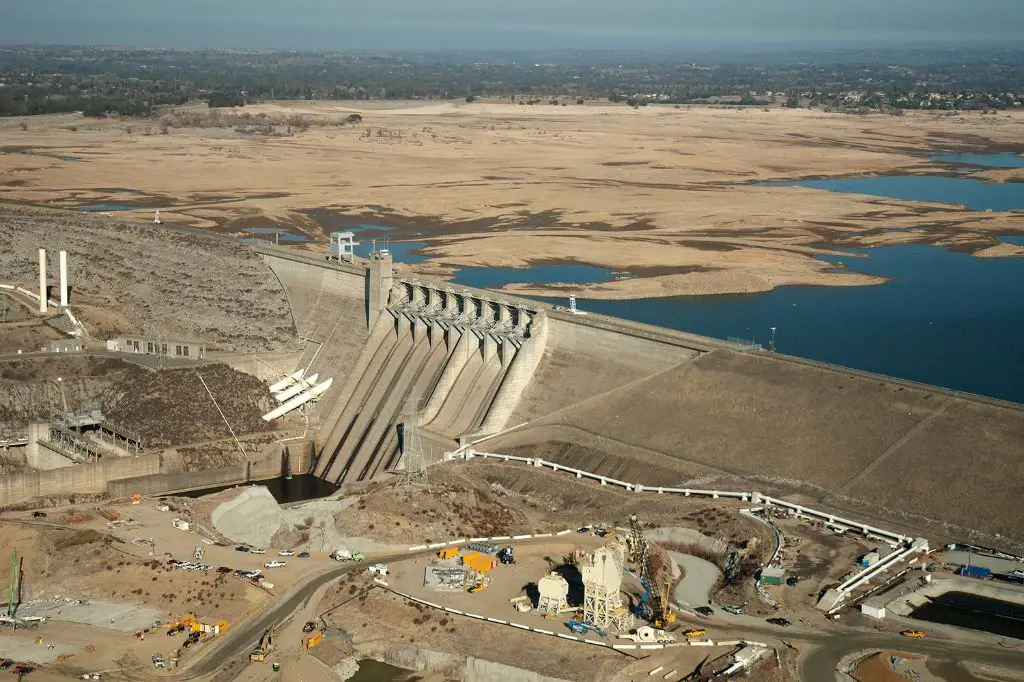
Comparison to Other Renewables
In contrast to solar and wind power, hydroelectric power is less intermittent. While solar panels only generate electricity when the sun is shining and wind turbines require constant wind, hydroelectric dams can generate power continuously as long as there is sufficient water flow (1). This makes hydropower more reliable than solar or wind.
Solar and wind power are variable renewable energy sources that depend on weather conditions. Their output can fluctuate throughout the day and between seasons. Hydropower has more consistent generation capacity since water flow tends to be more stable. Reservoirs associated with hydro dams can also store water to help manage electricity output (2).
Overall, hydroelectricity has a higher capacity factor than solar and wind. The capacity factor refers to the ratio of average power generation divided by rated peak power generation over a period of time. In the United States, the average capacity factors are 56% for hydroelectric, 36% for wind, and 25% for solar (3).
While hydropower is less intermittent than other renewables like solar and wind, grid operators still have to account for some seasonal variability in water flow. But hydroelectric facilities can integrate well with solar and wind resources to balance out supply (4). Combining complementary generation sources helps overcome intermittency challenges.
Sources:
(1) https://www.quora.com/Why-is-hydropower-preferred-over-solar-and-wind
(2) https://medium.com/@EcoLogicLiving/the-power-of-renewable-energy-exploring-solar-wind-and-hydroelectric-power-4f21cdd45651
(3) https://www.eia.gov/electricity/monthly/epm_table_grapher.php?t=epmt_6_07_b
(4) https://www.energy.gov/eere/water/hydropower-systems
Grid Integration
Hydroelectric power plants play an important role in grid integration due to their ability to store energy in the form of water held behind dams. This allows hydropower to act as a “battery” by charging and discharging water as needed to balance electricity supply and demand (Department of Energy, 2017). Dams are able to quickly ramp up or down power generation in response to changes in electricity demand, helping to stabilize grid voltage and frequency (NREL, n.d.). For example, hydropower can rapidly increase output to help meet peak demand in the evenings when people return home from work. The storage capacity of reservoirs also allows hydropower plants to continue producing electricity even when input from intermittent renewable sources like wind and solar is reduced.
Advances in pumped storage technology are further enhancing dams’ ability to act as grid batteries. Pumped storage plants can use excess electricity from the grid to pump water uphill into a reservoir, later releasing this water to produce power as needed. Overall, the storage and rapid ramping capabilities of hydropower give it a critical role in integrating variable renewable energy sources and maintaining reliable grid operation.
New Technologies
There are several emerging technologies that aim to improve hydropower efficiency, flexibility, and sustainability. One major area of innovation is in pumped storage hydropower. Pumped storage uses excess electricity to pump water uphill into a reservoir, which can then be released to generate electricity when demand is high. New variable speed and ternary pumped storage designs allow for greater efficiency and responsiveness (Energy.gov).
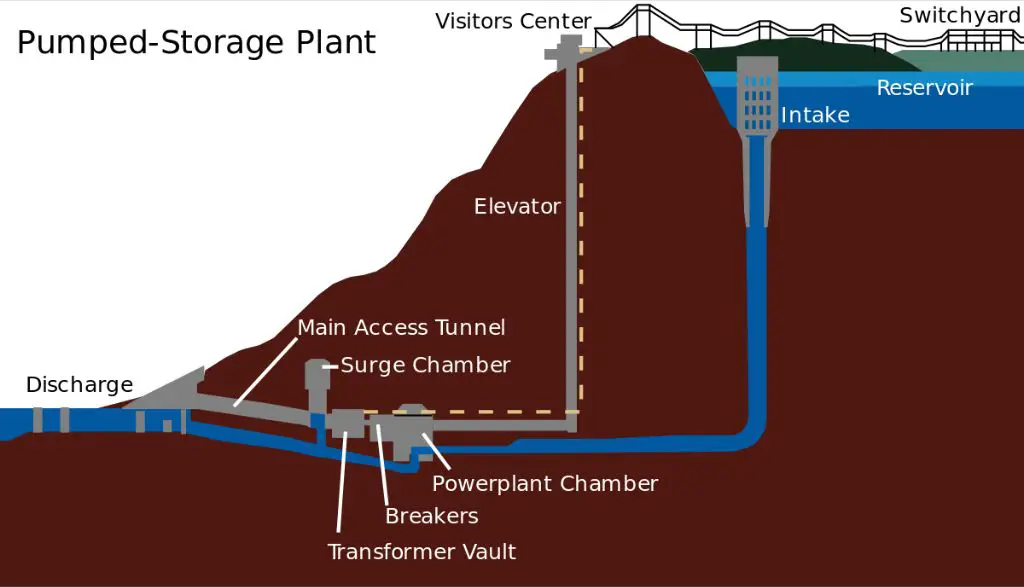
Advances in materials science are also enabling new hydropower designs. Composite materials like carbon fiber allow for lighter, lower cost modules that can be easily transported and installed. Standardized, prefabricated turbine designs further improve modularization. These innovations make small-scale and remote hydropower more viable (International Hydropower Association).
Other emerging technologies include advanced environmentally friendly turbine designs, digital monitoring and control systems, and integrating storage and pumped hydro into existing dams and infrastructure.
Regional Differences
There are geographical variations in hydroelectric intermittency across different regions of the world. The availability of water resources due to precipitation patterns as well as seasonal factors leads to differences in hydropower generation.
According to Our World in Data, the regions with the highest hydropower generation in 2019 were Asia Pacific, South America, and North America respectively. Asia Pacific generates the most hydroelectricity globally due to abundant water resources from large river systems and high precipitation in countries like China. In South America, Brazil generates the majority of hydroelectricity in the region from its extensive river network including the Amazon River. Meanwhile, North America’s high hydropower capacity comes mainly from Canada and the United States, especially in areas near fast-flowing rivers or elevated reservoirs.
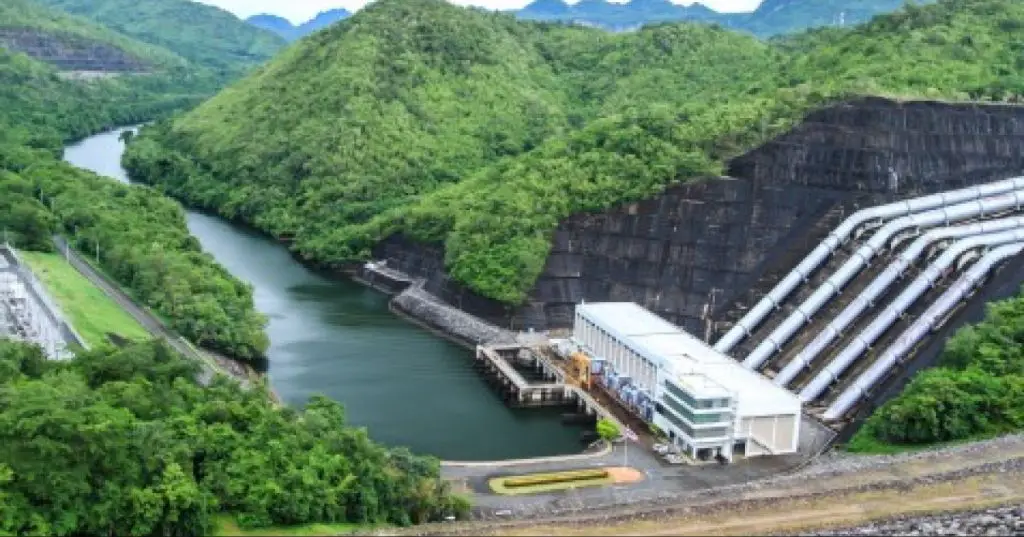
Seasonal rainfall patterns also impact hydroelectric generation in different regions. Monsoon seasons in Asia bring high precipitation for hydropower dams while dry seasons can limit electricity output. Brazil sees higher generation during its rainy season but lower output when water levels drop in drier months. Cold winter climates reduce hydroelectricity in northern U.S. and Canada when precipitation falls as snow rather than rain. Overall, geographical and seasonal variations demonstrate that hydroelectricity has some intermittency depending on water availability and weather which differs across regions.
Conclusion
The intermittency of hydroelectric power ultimately depends on a variety of factors. While hydro facilities can adjust output to accommodate seasonal variations in precipitation and snowmelt, extreme weather events can lead to short-term supply disruptions. Hydro resources are generally more consistent than wind or solar generation, but less controllable than fossil fuels or nuclear. New pumped storage technologies are enabling greater grid integration and mitigating intermittency concerns. There are also regional differences based on climate, reservoir capacity, and infrastructure. Overall, hydroelectricity exhibits moderate variability, but generally provides reliable baseload power with the ability to ramp up and down based on supply and demand. With a balanced energy mix and proper planning, hydro’s intermittency challenges can be overcome.

